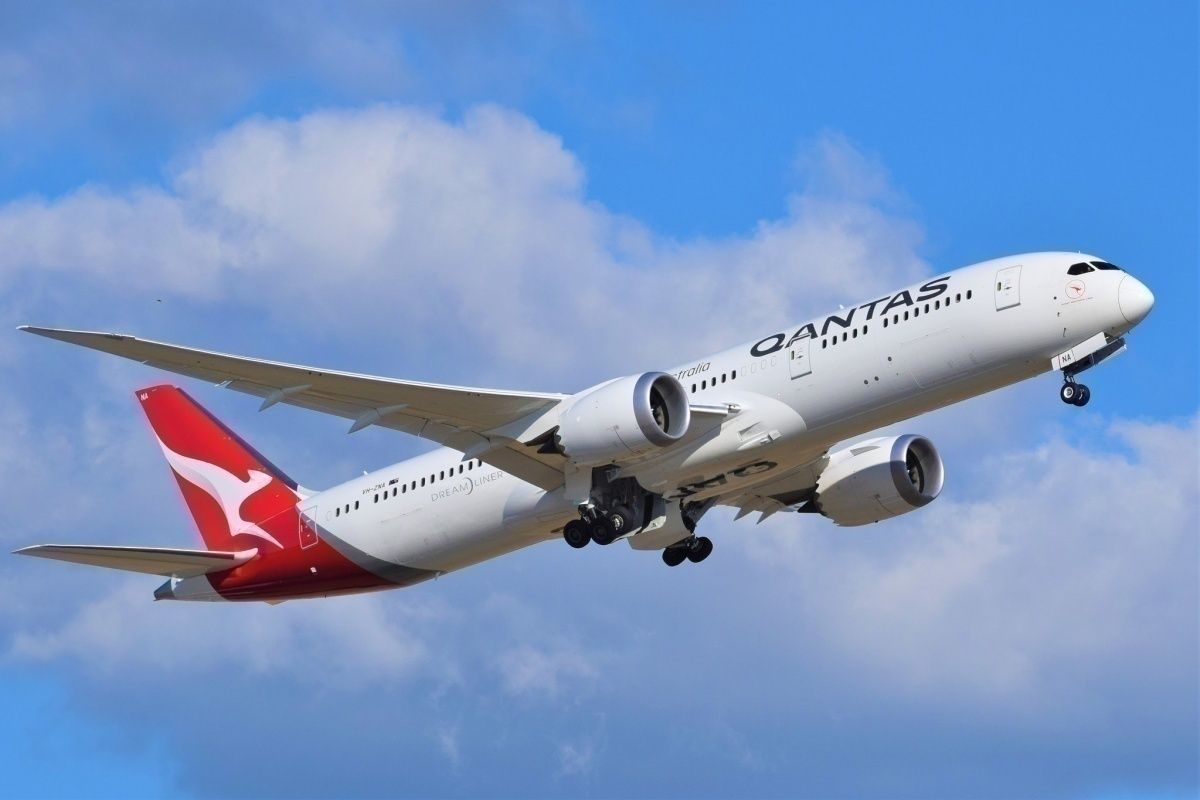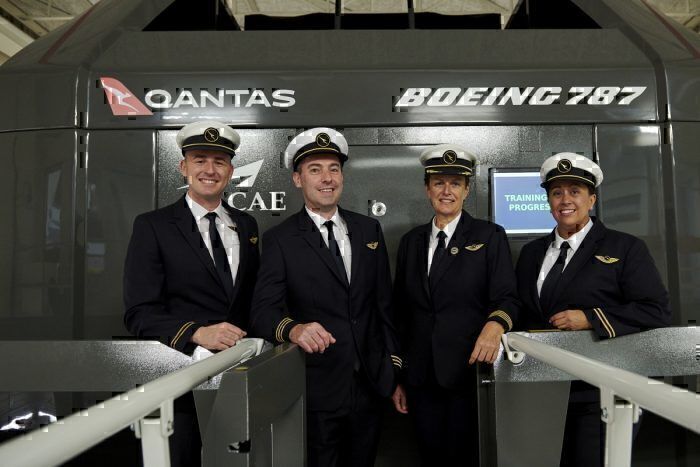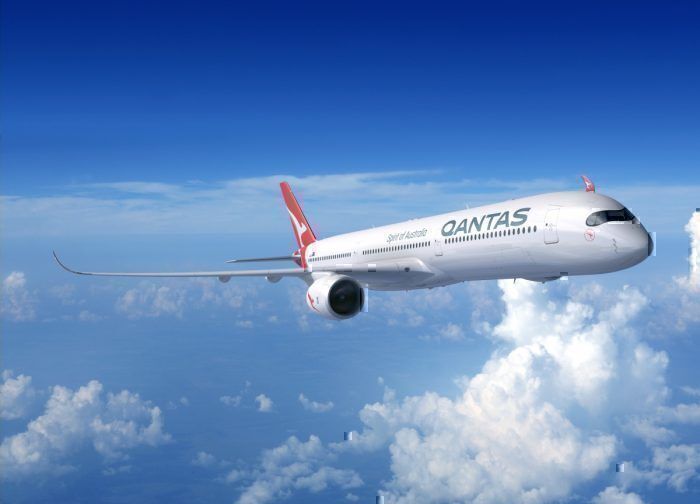Australian carrier Qantas is planning to roster more experienced crews onto its Project Sunrise flights. The ultra long haul flights will test the endurance of pilots and the airline plans to take no chances when it begins to bed down the flights. For the first 18 months of operations, experience will count as Qantas watches how its pilots handle up to 23 hours in the air.
What's the rationale behind this?
According to a report by Jamie Freed in Reuters, Qantas will use the first 18 months of Project Sunrise flights to build upon the fatigue studies conducted throughout the three Project Sunrise research flights. The last of those research flights (a 19½ hour nonstop flight from New York) landed in Sydney yesterday morning.
Fatigue and the issues that mitigate it, such as rest periods and crew numbers, are key issues in negotiations between Qantas and the pilots union, the Australian International Pilots Association (AIPA). Qantas and AIPA need to reach an agreement before Project Sunrise flights can take off.
What Qantas want to do
On current long haul flights, including on their flagship 17½ hour odyssey between Perth and London, Qantas uses one captain, one first officer, and two second officers. Qantas wants to keep Project Sunrise cockpit numbers at four, but rejig the composition for the first 18 months with one captain, two first officers, and one second officer.
While it would cost Qantas more to use two higher paid first officers on a flight, the airline wants to introduce a lower pay scale for new second officers. According to Adam Susz, both a Qantas pilot and a negotiator for AIPA, this is unacceptable. He told Reuters;
“I don’t think the issues are insurmountable but there are a couple of elements to the Qantas proposal that we find extremely unpalatable and we will avoid those the best we can.”
Simple Flying approached AIPA to talk about pilot salaries. Citing ongoing negotiations with Qantas, they declined to comment.
Are pilots costs a large component of an aircraft's overall operating costs?
Qantas has long said Project Sunrise is contingent on getting the economics right. That’s fair enough. Estimating the operating costs of a Project Sunrise flight is a somewhat fraught business.
There are static costs such as running per hour maintenance costs and variable costs such as fuel. But if you assume a decent load factor of 85%, a four-class Qantas Project Sunrise A350-1000 seating around 380 passengers, and typical A350 operating costs of approximately USD$0.14 per passenger per nautical mile, the 8,635 nautical mile flight between Sydney and New York would cost over USD $400,000 to operate.
Now, this is an approximation rather than a hard fact but it does suggest that crew salaries are only a reasonably small component of a Project Sunrise flight’s operating cost. It is therefore worth asking, is this squabbling over what pilots will be paid to operate the flights worth the hassle?
Hard to argue with the more experienced crew proposition
Given the ultra long haul flights will be tests of endurance for everyone onboard, it’s hard to argue with the Qantas wanting to put more experienced crews in the cockpit to begin with. It is eminently sensible. What isn’t so sensible is the dragging out of negotiations surrounding pilot payments, especially when pilot pay isn’t a huge contributor to overall operating costs.
Simple Flying has also approached Qantas for some clarification around this issue. We haven’t heard back from them prior to publication.



